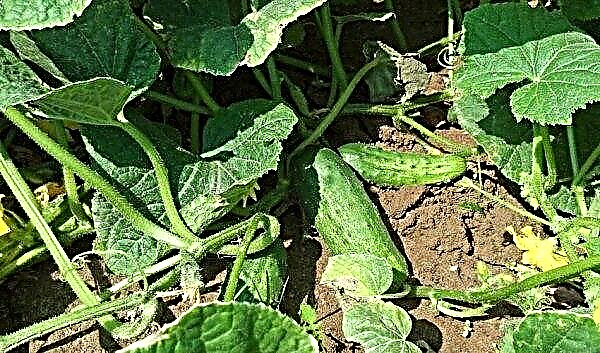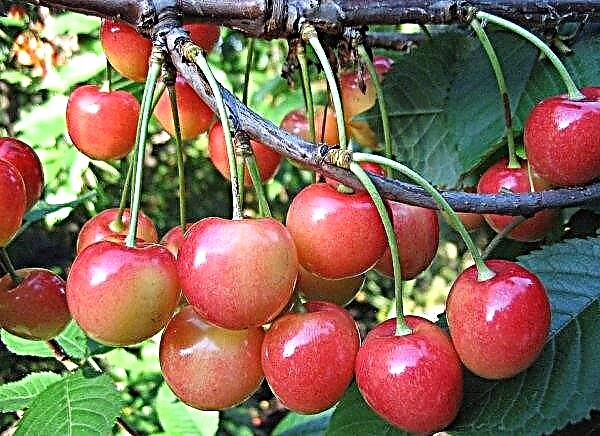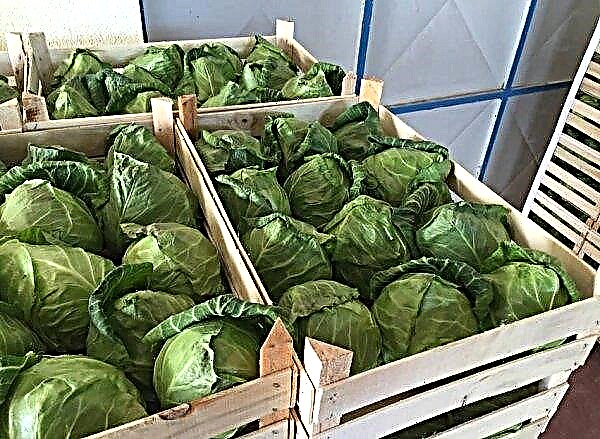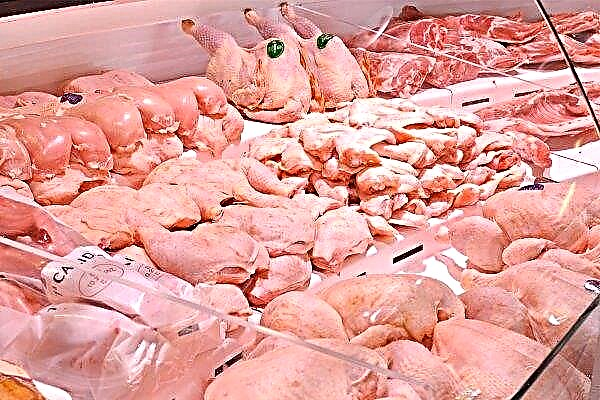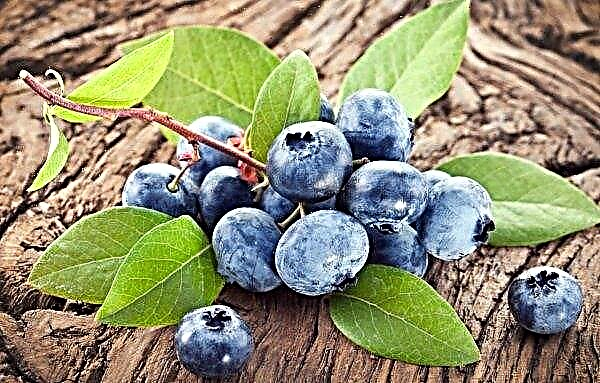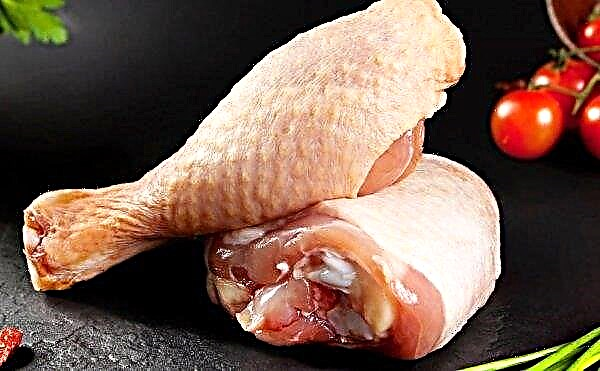There are a lot of double mushroom twins and, unfortunately, not all of them can be eaten. Against the general background, specimens with parts turning blue on the cut stand out. What they are called, why they have such features and how to recognize them among the rest - this will be discussed in this article.
Mushrooms with a blue leg
The white mushroom is deservedly considered the king of the mushroom kingdom, but in addition to it, in nature there are many other outwardly similar varieties. For mushroom pickers, it is useful to combine all of them into two groups: edible and inedible, moreover, both options are often characterized by similar features, such as a blue leg or other parts of the fruiting body.

The cause of this phenomenon is the oxidation of tissues under the influence of air, and this is not necessarily an alarming signal - often such changes are characteristic of tasty and quite healthy mushrooms, for example, a bruise or a loaf.
Edible
The most popular edible mushrooms among those considered can be considered as boletus, boletus, and pan mushrooms (they are also Polish).
Like real white, all of these options are characterized by good taste characteristics, especially if you pay due attention to their culinary preparation. Of course, at the same time, each of them has its own unique features that help to distinguish it from the rest of the relatives.
Boletus
Boletus - a strong and dense mushroom, with a white leg and a round red hat. With mechanical damage, his tissues turn blue, and after a while they acquire an attractive cornflower blue color, although they can gradually blacken with prolonged bedding.

The boletus differs from a similar boletus, with a more “well-fed” leg and dense pulp of a hat, the diameter of which often reaches 30 cm. In young specimens, this part resembles a hemisphere, but with age it becomes pillow-shaped.
Since all varieties of boletus are characterized by similar nutritional qualities, most mushroom pickers do not pay attention to the differences between them: usually they are in different shades of the hat: from red to yellow-brown, and in the place where the fungus grows (some species are found only in the zone of mixed and deciduous forest stands of Eurasia).

Birch
Outwardly, birch bark (obobaki) are dense and fleshy mushrooms with a white, dark gray or even almost black hat and a thickened white leg, often with the same white or dark scales.
Important! Old fruiting bodies are fraught with a large supply of toxic substances that they managed to accumulate during growth, so it is not worth taking very large specimens, just like it is undesirable to cut off options with a large flat hat.
The bluish varieties of this fungus include harsh (poplar birch), ashen-gray and multi-colored, but their taste properties practically do not differ. Height - 5–25 cm, and the diameter of the cap often reaches 15–18 cm, depending on the type and growing conditions.

Polish mushroom
Like previous species, these representatives of the Borovik clan are distinguished by a dense and knocked-down body, with a meaty hat and the same brown leg. The diameter of their semicircular, convex or even flat caps varies between 4-12 cm, and the color can be either light chestnut, dark brown or even chocolate.
The pulp is predominantly whitish or yellowish, but at the cut it always turns blue first and then brown. Leg - standard, cylindrical in shape, slightly swollen or vice versa, slightly narrowed at the base. In height, it reaches 15 cm, with a diameter of 1-4 cm.
 Polish mushroom can be eaten immediately after collection as a part of dishes (or on its own), or it can be frozen, dried or harvested in another way, which will preserve the maximum set of its nutritional properties for the future.
Polish mushroom can be eaten immediately after collection as a part of dishes (or on its own), or it can be frozen, dried or harvested in another way, which will preserve the maximum set of its nutritional properties for the future.
Inedible and poisonous
Any inedible species of mushrooms should not be eaten - and it does not matter if it is considered very poisonous or does not always negatively affect human health (conditionally edible varieties are often referred to the last group).
Such specimens are also found among those with whom the slice is able to turn blue, so it is so important to learn to distinguish them from the above safe ones and never collect them.
Gorchak
Mustard, or bile mushrooms, are very similar to edible white, they only grow mainly on well-heated sandy or clay soils, on the edges of coniferous forest strips. The hat is convex, more brown or brown, with a diameter of up to 15 cm.
The leg is cylindrical in shape, thick, with a noticeable mesh pattern, not typical for a real porcini mushroom. The pulp has a pinkish or off-white color, but when cut, it becomes slightly pinkish or bluish, and then darkens.
The main feature of the mustard is its unpleasant bitter taste, which during heat treatment (for example, cooking) only intensifies. It is because of this that animals and insects living in the forest refuse such food.
Important! To verify the edibility of the found specimen, some mushroom pickers suggest licking its flesh. Do not do this, because with liver problems even a small amount of toxic toxins can provoke the development of cirrhosis.
Satanic mushroom
This variety with such an unattractive name resembles white only in shape, while its color is radically different from the color of the edible congener. The leg is mainly red or pink, and the color of the domed hat varies from yellowish to dark gray in color.
 The diameter of the mushroom cap is 8–25 cm, and the leg grows up to 10 cm in height and at the initial stages of development it seems ovoid, but elongates over time.
The diameter of the mushroom cap is 8–25 cm, and the leg grows up to 10 cm in height and at the initial stages of development it seems ovoid, but elongates over time.
Its characteristic dark red, white or olive mesh pattern with rounded cells gives off a satanic mushroom at any age, which is why many mushroom pickers orient themselves on it - of course, if you do not take into account the unpleasant smell of old specimens, which vaguely resembles the aroma of carrion.
Did you know? According to one theory, the name of the fungus was not so much red. his legs, how many alkaloids contained in the composition cause stomach pain, nausea and dizziness. About such symptoms were known to the German mycologist Harald Otmar Lenz, who described the mushroom in 1831.
Young satanic mushrooms do not smell so sharply, therefore it is more difficult to distinguish them from edible ones and it is necessary to take into account the peculiarities of appearance.
 Blue on the cut is observed within a few seconds after exposure to air on the tissue, and then they get their usual look.
Blue on the cut is observed within a few seconds after exposure to air on the tissue, and then they get their usual look.
Symptoms of poisoning and first aid
The first signs of poisoning by most types of mushrooms occur approximately 1.5–2 hours after the use of an inedible specimen, expressed mainly in nausea, vomiting, weak pulse, fever, inflammation of the stomach and small intestines, severe pain in the abdomen and a decrease in temperature in the limbs.
Hallucinations, delirium and other similar disorders after consuming bluish poisonous mushrooms usually do not occur, although it all depends on the characteristics of the human body, which means that you should not exclude this possibility.

If, after a mushroom meal, one or more of the described symptoms is observed, it is worthwhile to immediately take measures:
- drink as much liquid as possible in the form of cold strong tea, room temperature water or a special pharmacy drug diluted in water in accordance with the instructions (for example, "Regidron");
- take activated charcoal;
- observe bed rest;
- if the condition does not improve, call a doctor.

If you are not sure about the nature of the origin of all these symptoms, you should not self-medicate and further complicate the situation, it is better to contact doctors immediately.
So, with blue mushrooms, you should be as careful as with everyone else, carefully inspecting each found specimen. If there is even the slightest suspicion of his inedibility, you should not take such a find. With regular collection, you will soon learn to distinguish poisonous specimens, and without increased attention to details of their appearance.

